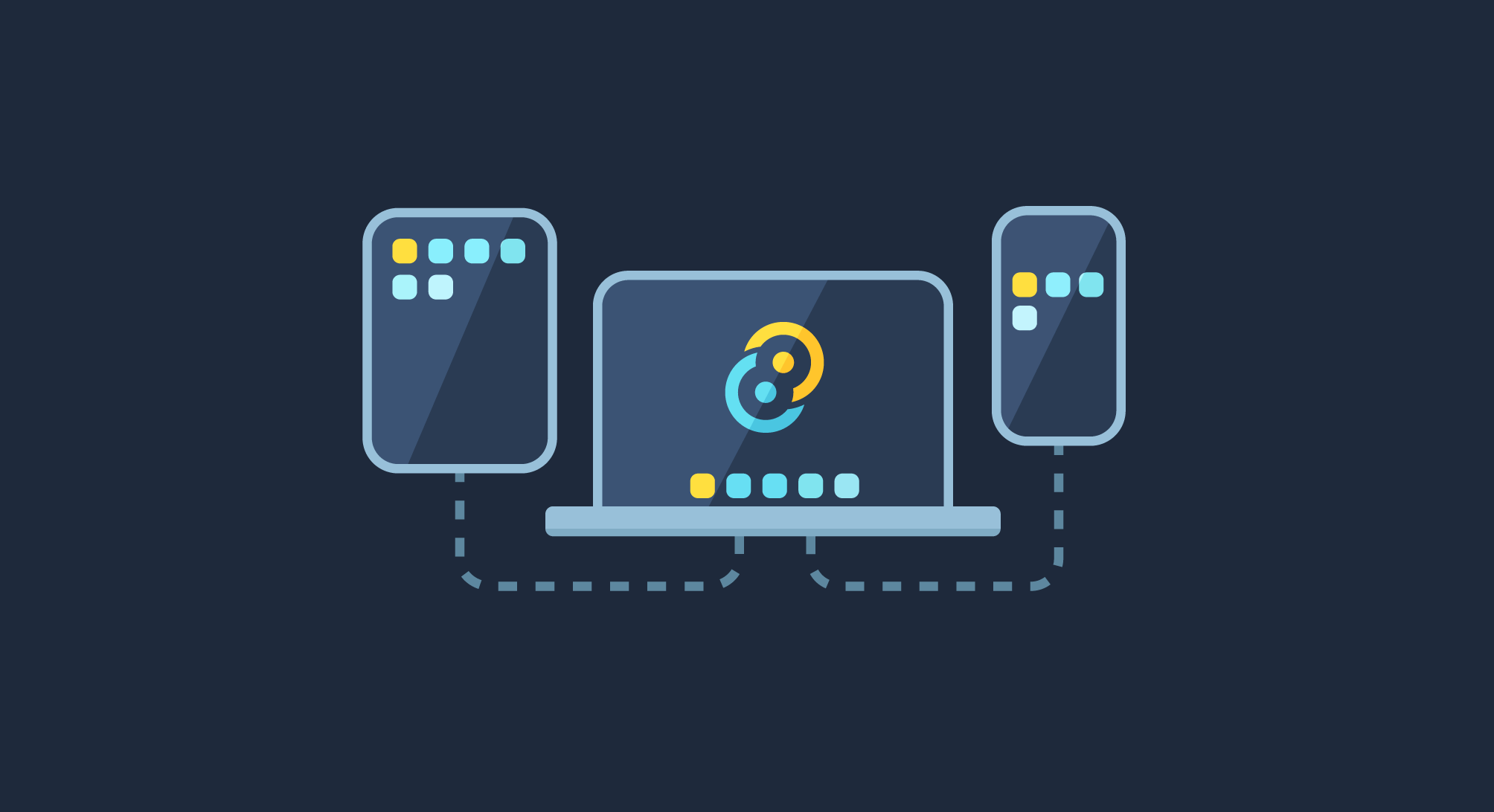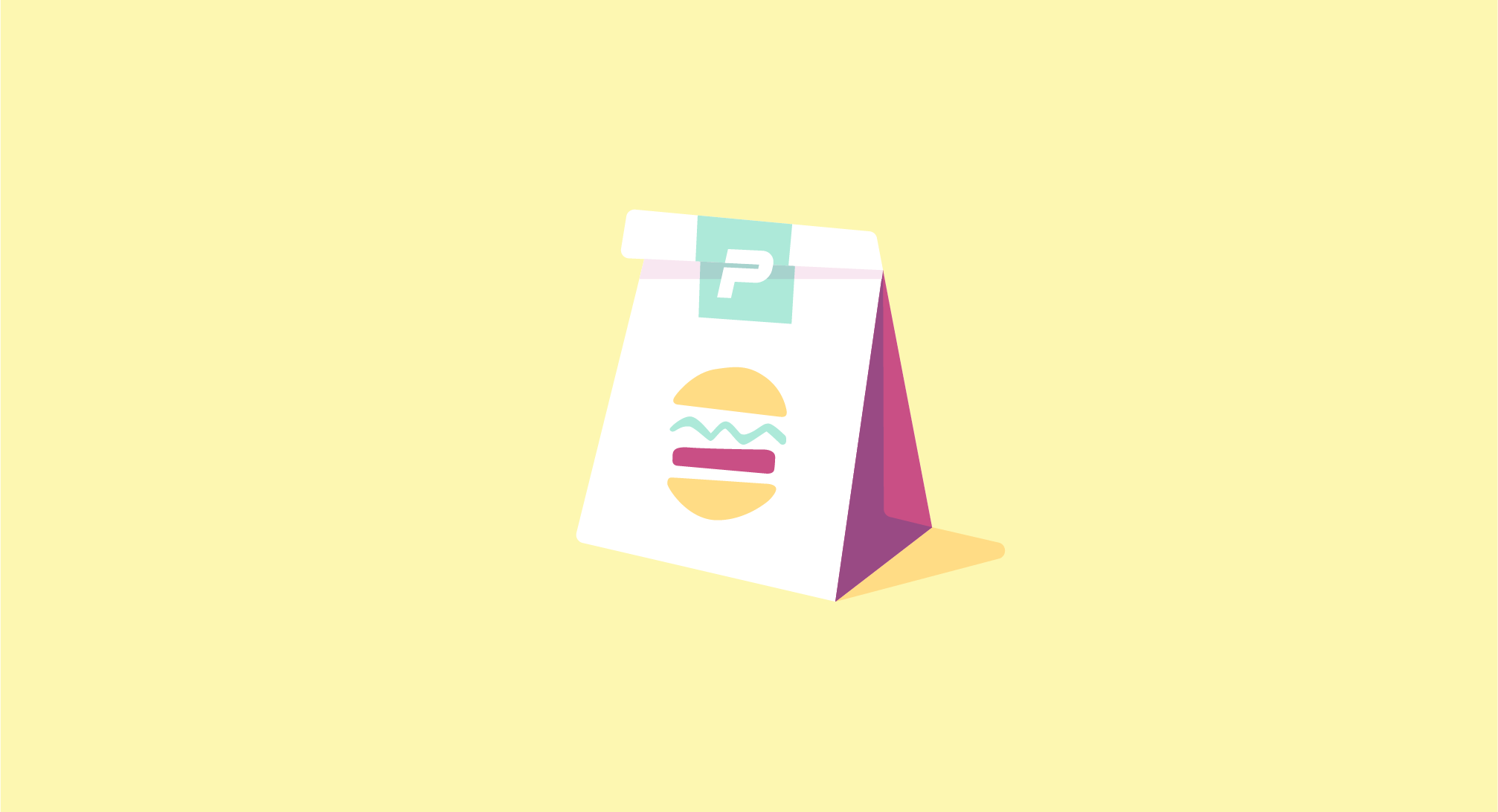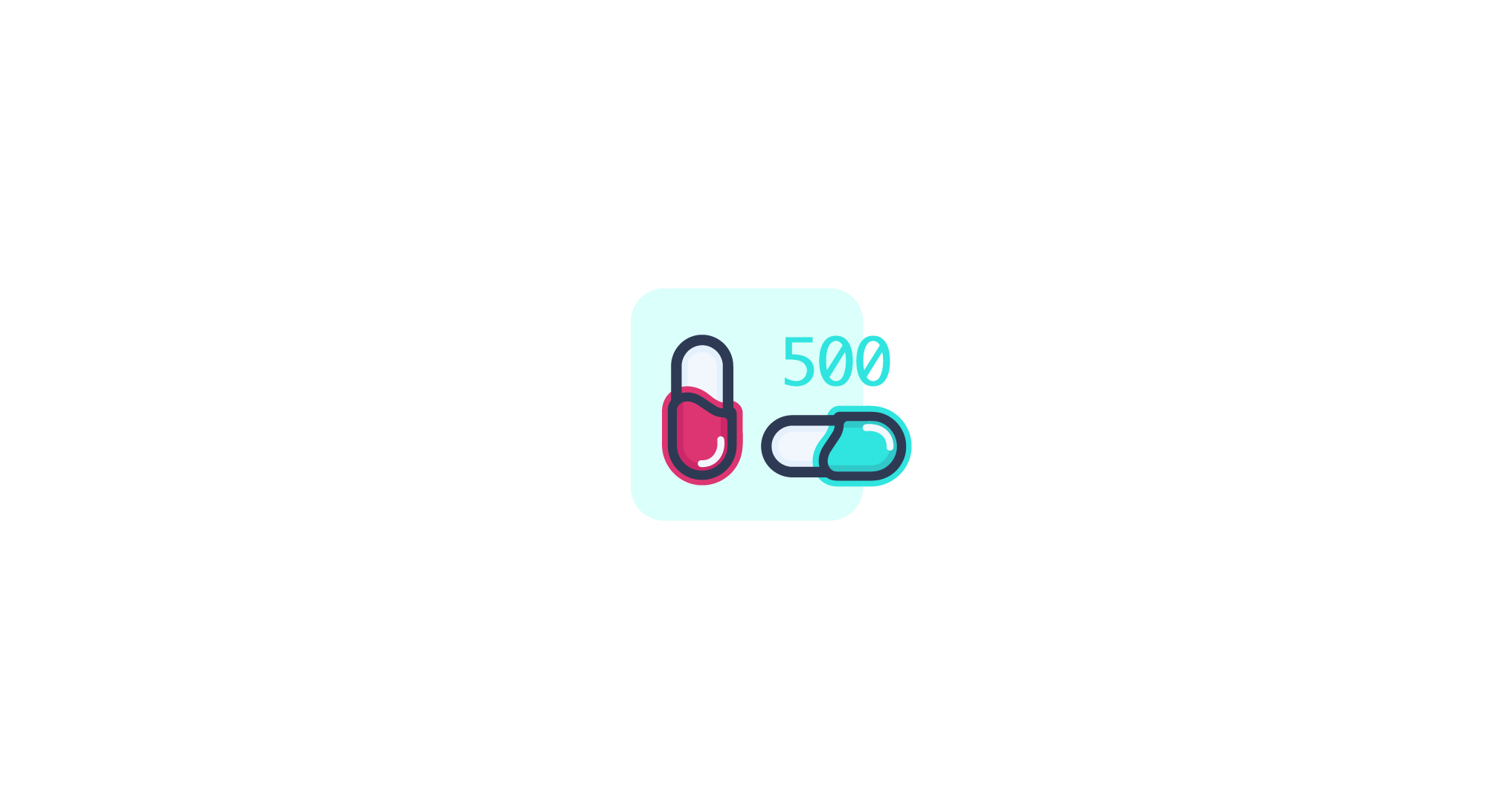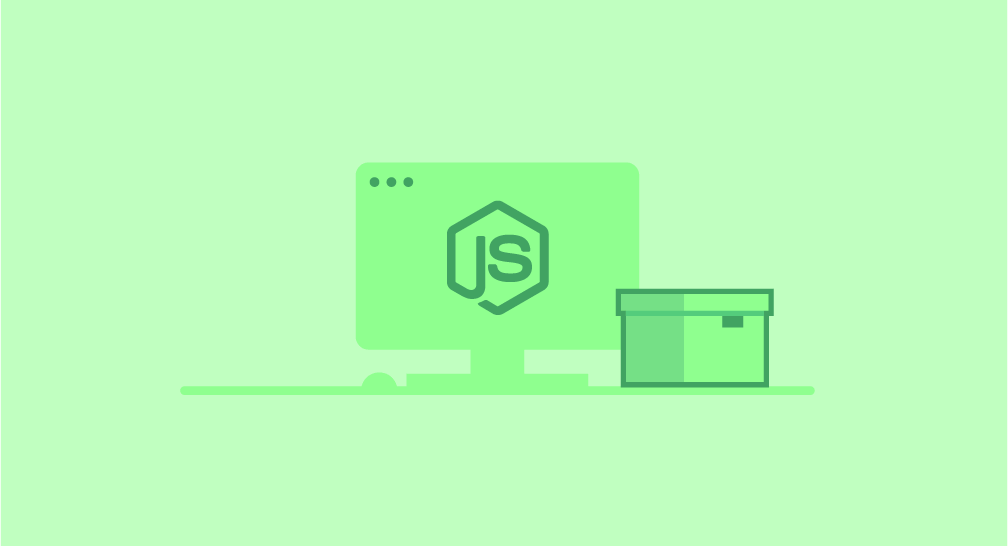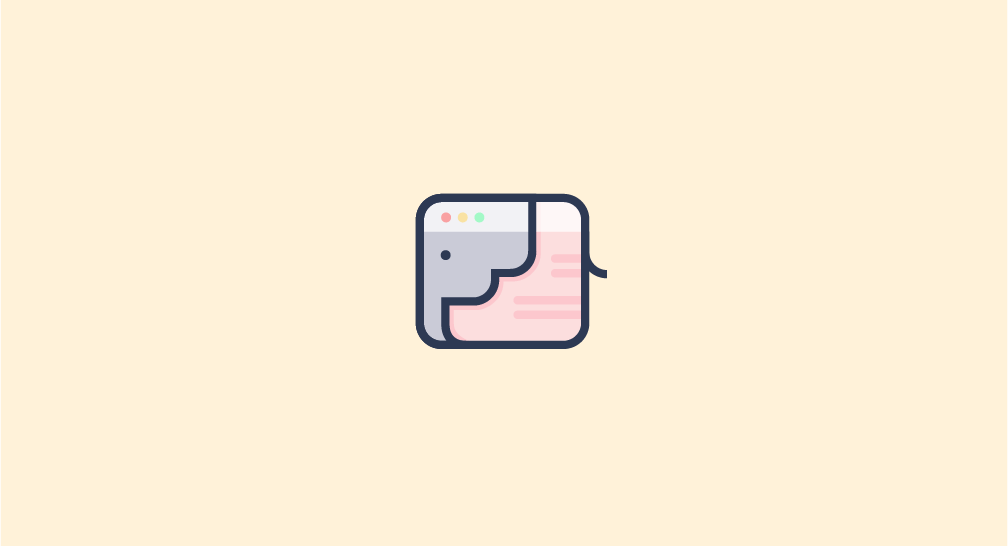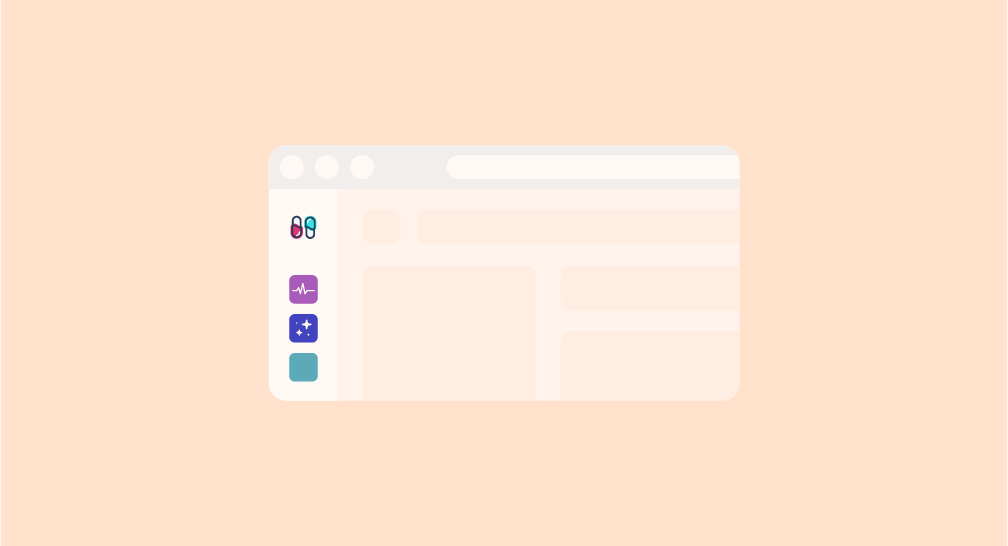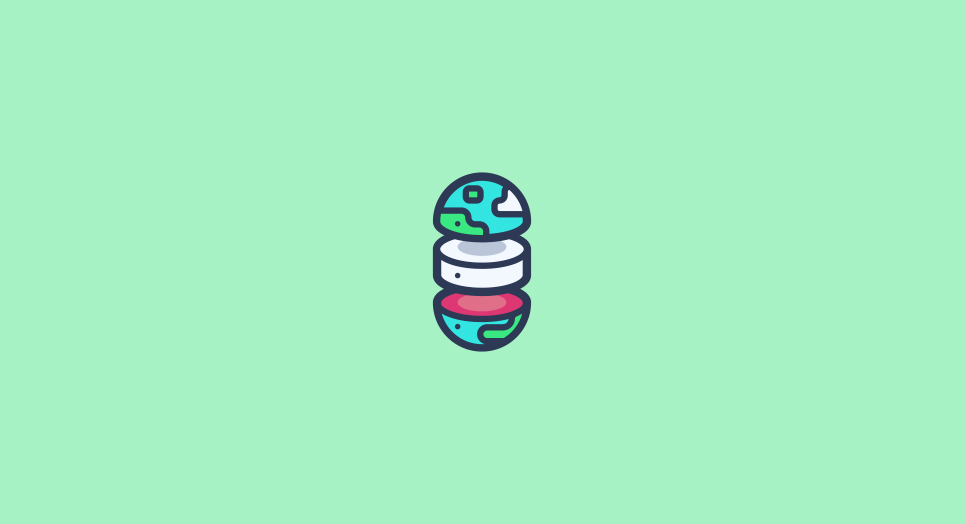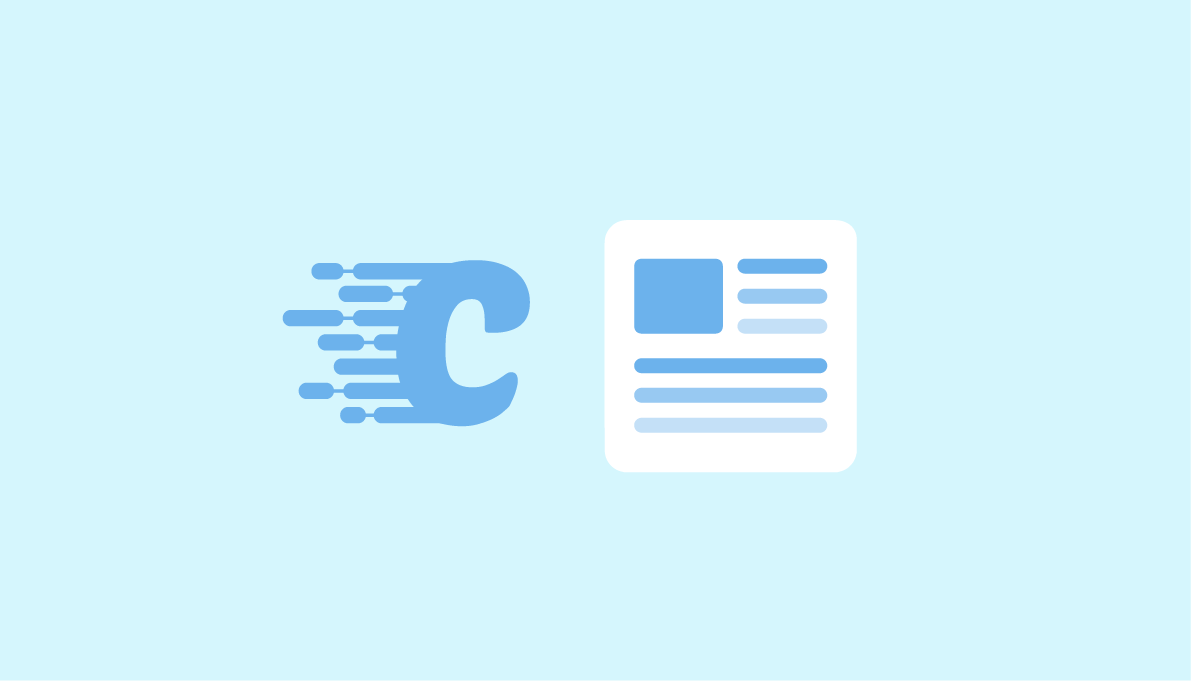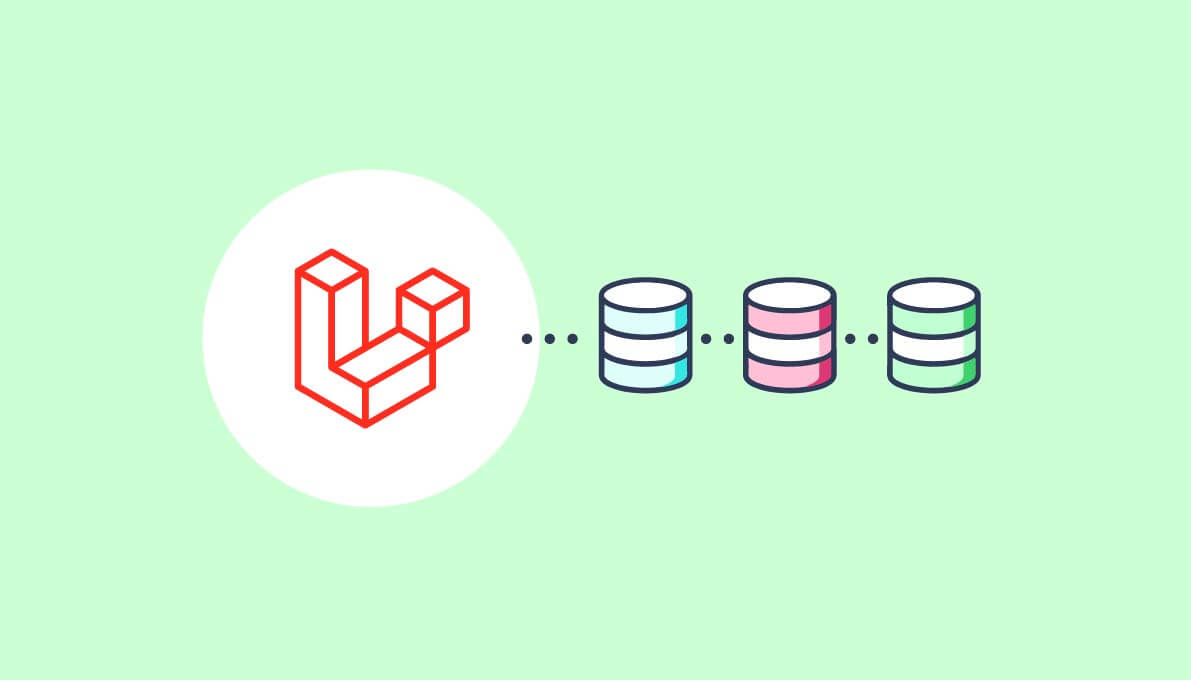
12 May 2025
Flintable
Flintable - Introducing Flint
Flint is a Git-integrated code formatter that lets each developer work in their preferred style locally while maintaining a consistent style remotely. By automatically applying “local” and “remote” formatting passes during pull and push operations, Flint prevents formatting noise in commits and code reviews.
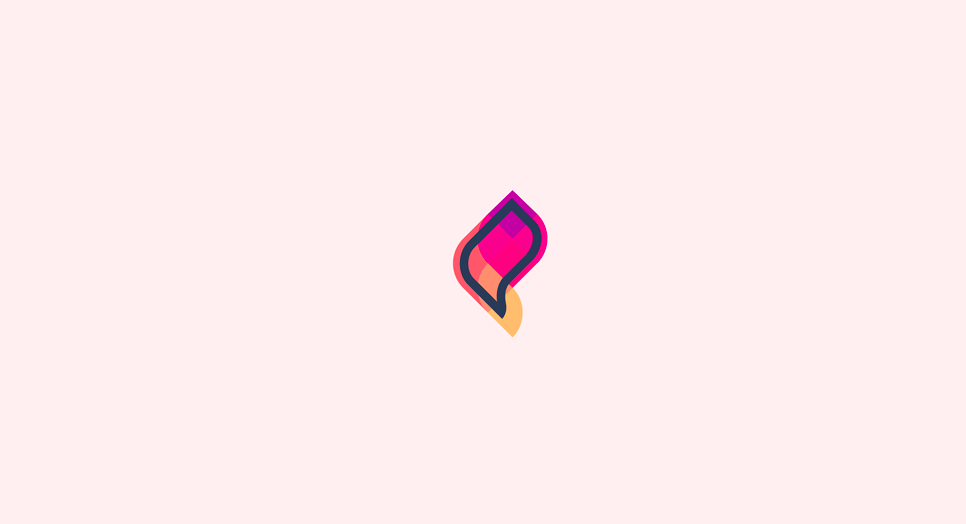
10 May 2025
Flintable
Flintable 2.0 - Still an Allman
Flintable is about to celebrate its 2nd anniversary — the perfect opportunity to introduce a major update and new features. But first, a quick recap: what was Flintable 1.0?
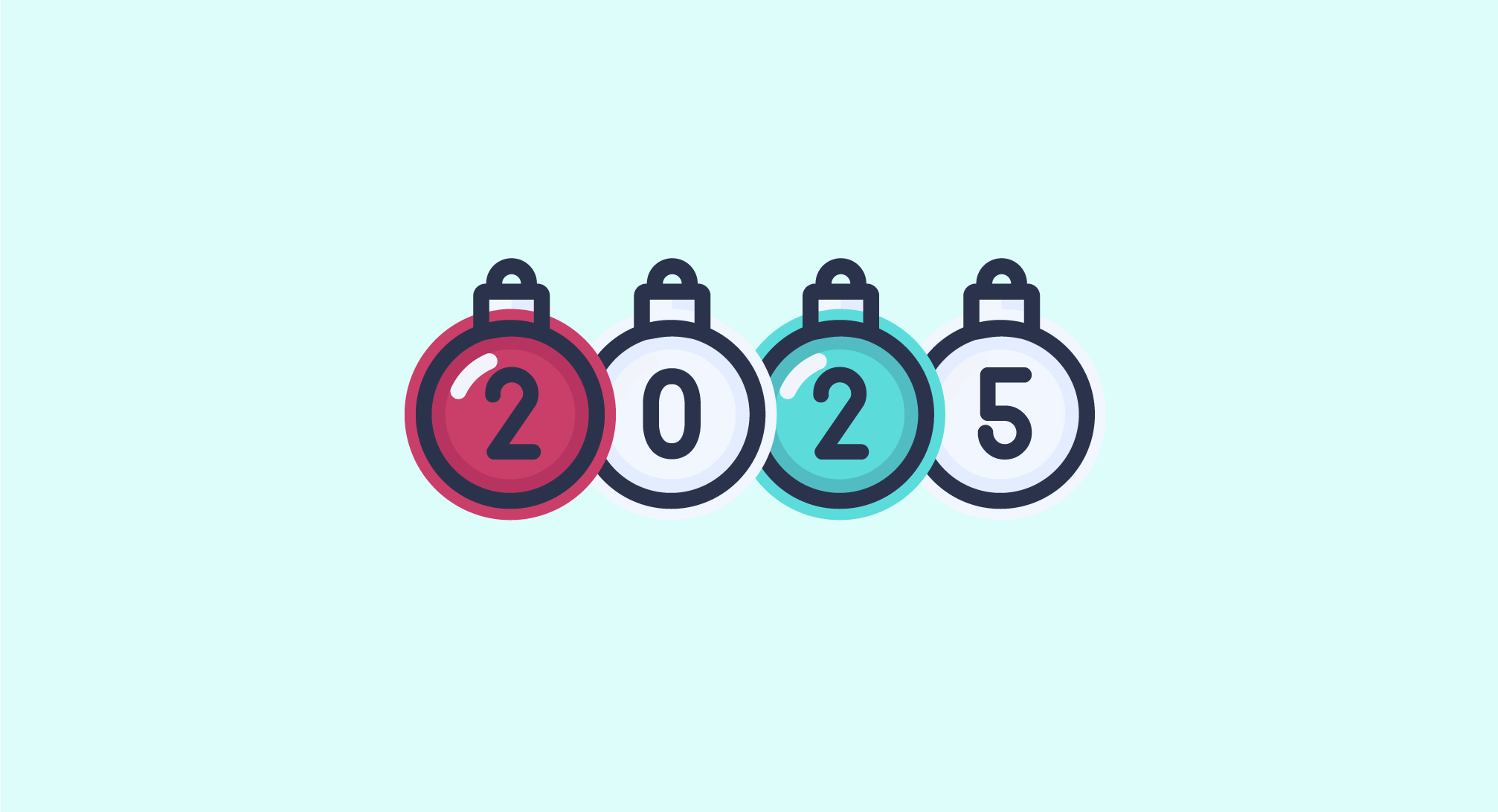
31 Dec 2024
Capsules
Hello 2025!
As we prepare to enter 2025, it’s time to reflect on a year filled with articles, modules, and metrics. Thank you to everyone who contributed to making 2024 a year full of visits and engagement! Here’s an overview of this year in numbers and achievements.
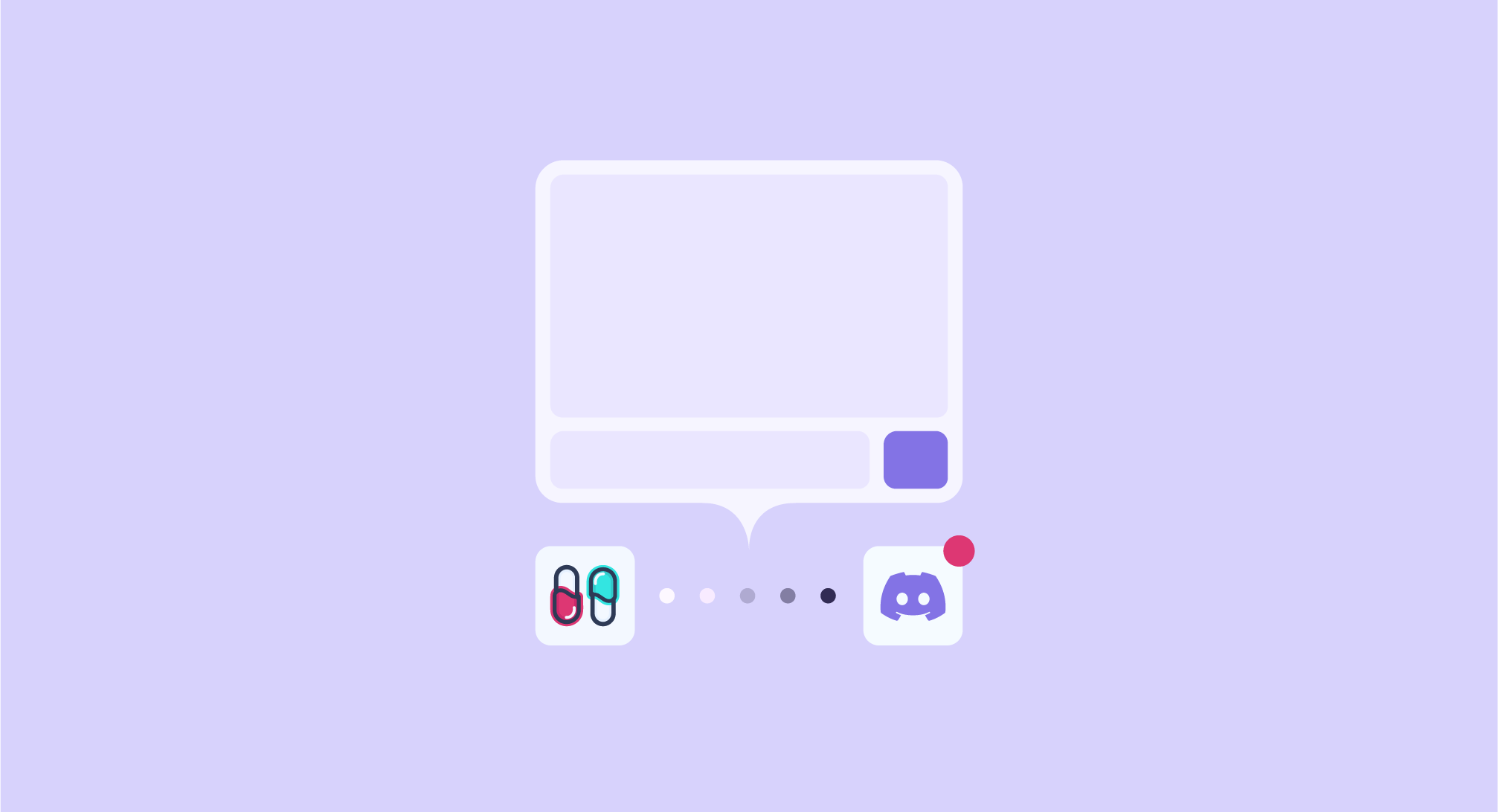
It is common to come across a contact form or an email address on a website, allowing users to contact the site administrator. These forms typically request an email address, a subject, and a title. This article suggests a more open alternative to anonymity, replacing this standard format. By using Discord.
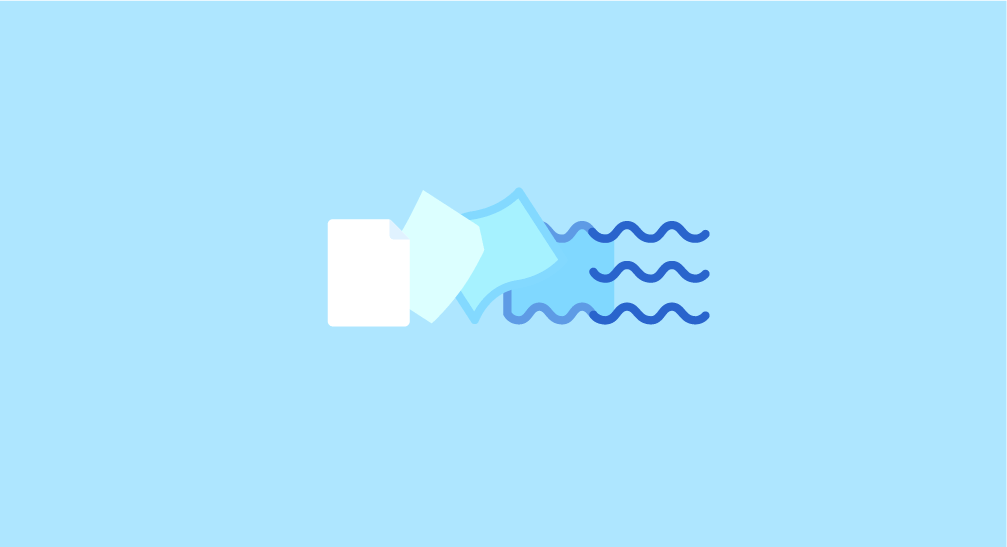
17 Apr 2024
FYI
Draw a dynamic SVG pattern with Vue
The SVG format is commonly used to display two-dimensional images or illustrations on the web. This vector format also allows for scaling up and down without loss of resolution.
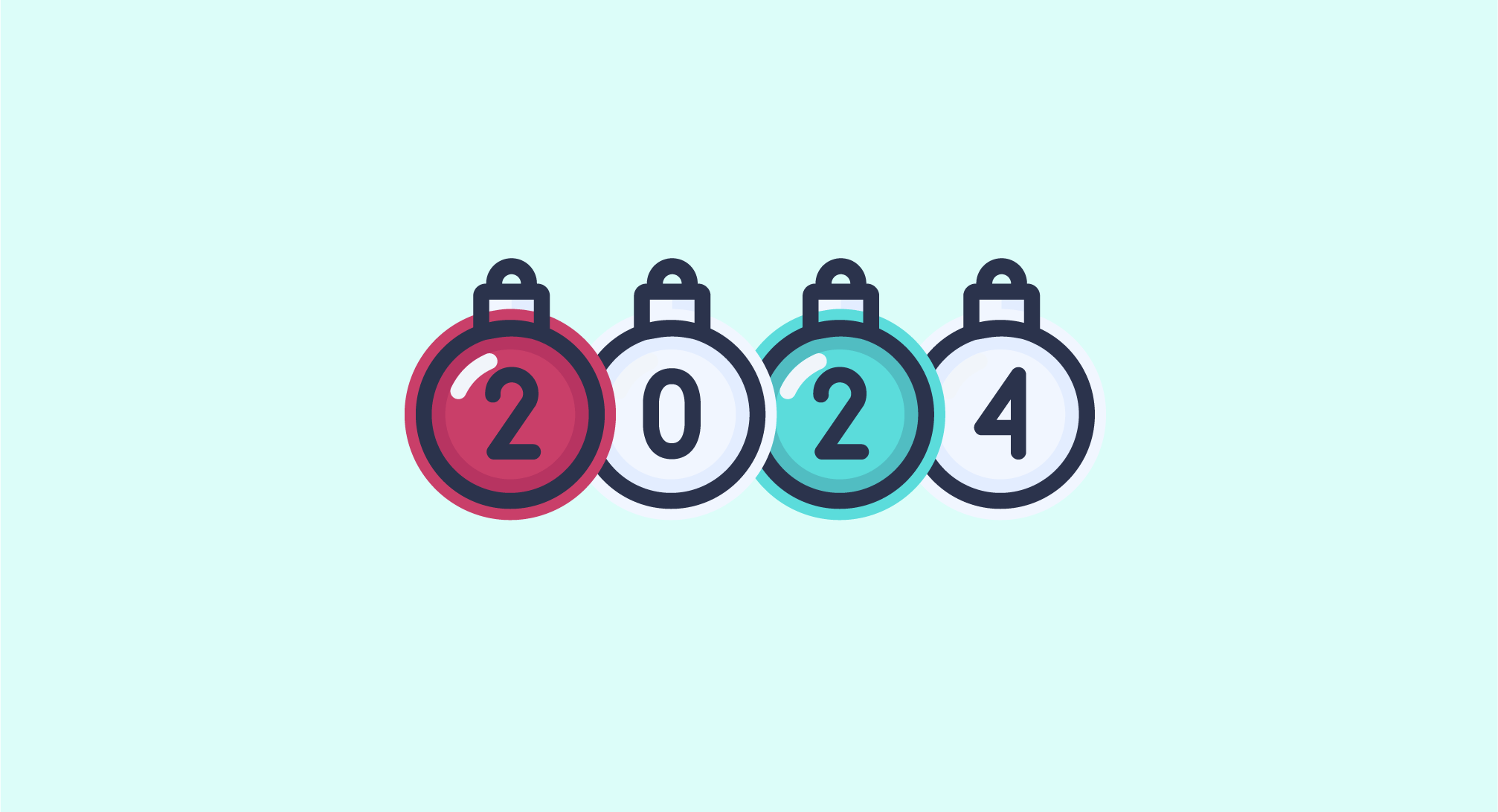
31 Dec 2023
Capsules
Hello 2024!
As we prepare to enter 2024, it’s time to reflect on a year filled with articles, modules, and metrics. Thank you to everyone who contributed to making 2023 a year full of visits and engagement! Here’s an overview of this year in numbers and achievements.
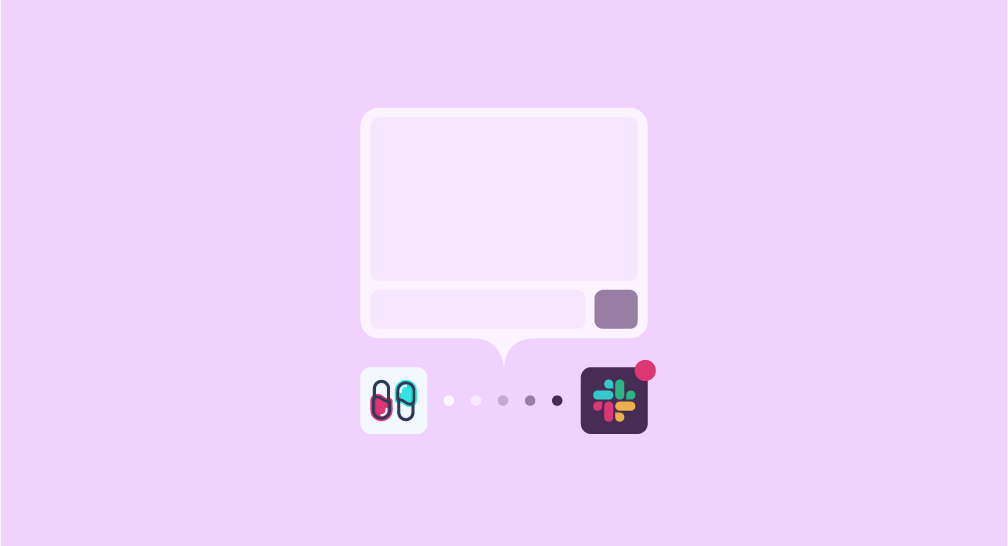
It is common to come across a contact form or an email address on a website, allowing users to contact the site administrator. These forms typically request an email address, a subject, and a title. This article suggests a more open alternative to anonymity, replacing this standard format. By using Slack.
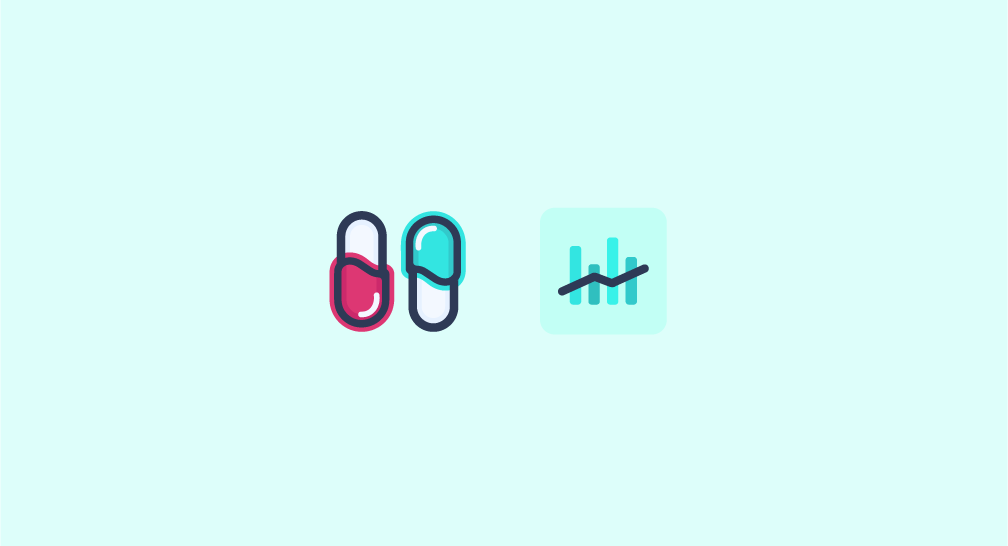
04 Dec 2023
Capsules
Hello Metrics!
Every day since the launch of Capsules Codes, data has been collected from various platforms such as this blogfolio, Flintable, or X, with the aim of tracking any developments, learning, identifying mistakes made, or understanding what works and what doesn't.

If you want to develop your own package, it's entirely reasonable to wonder how to test it under real conditions. Publishing the package on Packagist during development is not an option. Another approach would be to integrate it into a fresh project without using Composer. The method in this article closely simulates a real-world scenario but does require some environment setup.
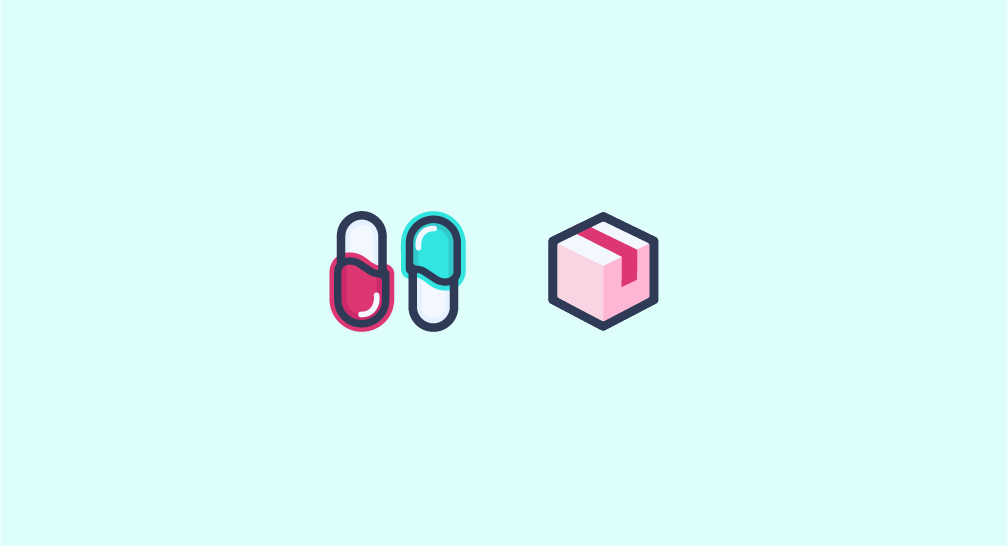
01 Nov 2023
Capsules
Hello Modules!
One section was missing. One that would list our modules, packages, dependencies. The Modules tab has now been added, highlighting the very first package on the list: Laravel Population.
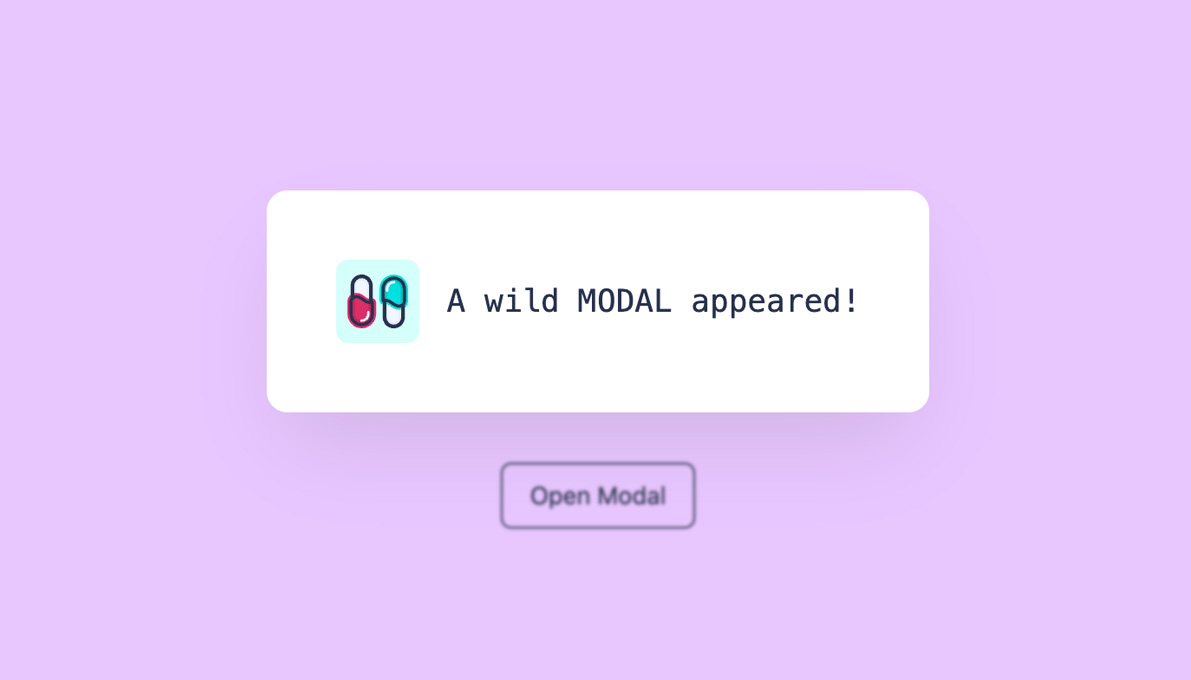
While using a modal might seem obvious on a website, its implementation can sometimes be complex. To simplify this task, the Vue framework has introduced its built-in component <Teleport>. This component allows us to “teleport” a portion of a component's template into an existing DOM node outside of the component's DOM hierarchy.
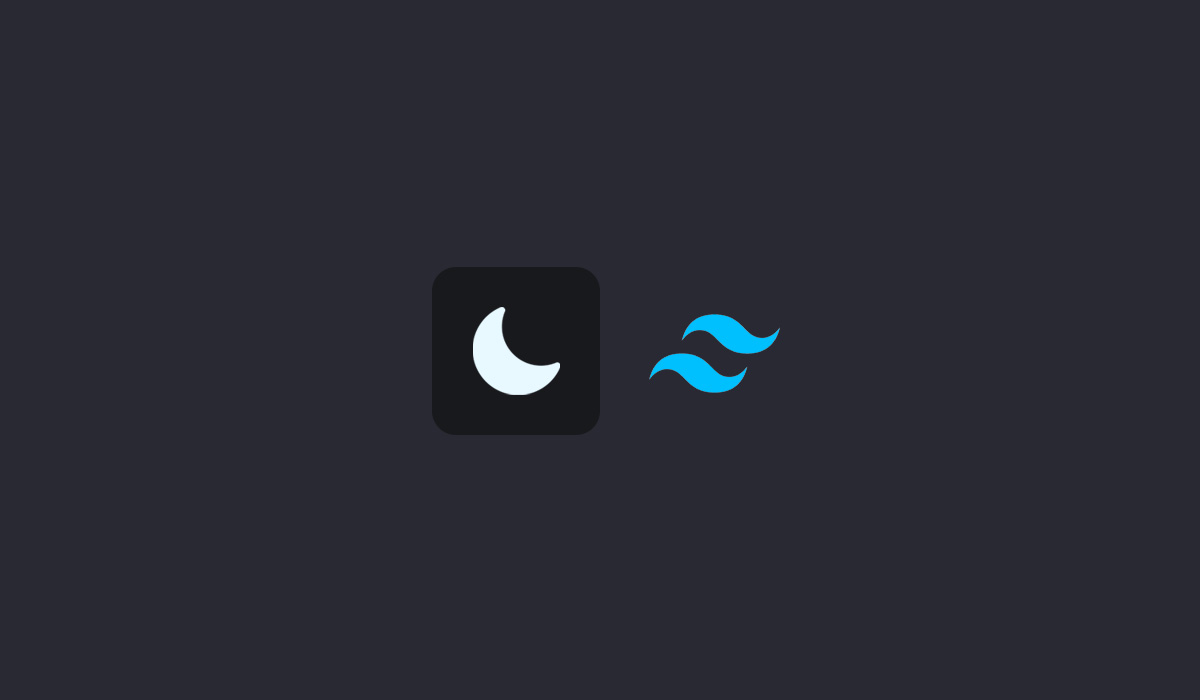
13 Sep 2023
FYI
Add a global dark mode with Tailwind CSS
The main element of this article is the dark variant that can be configured in the Tailwind CSS configuration file. Adding the class value to darkMode activates the CSS classes only when the dark class is present. The media value, on the other hand, is based on the operating system's preferences.
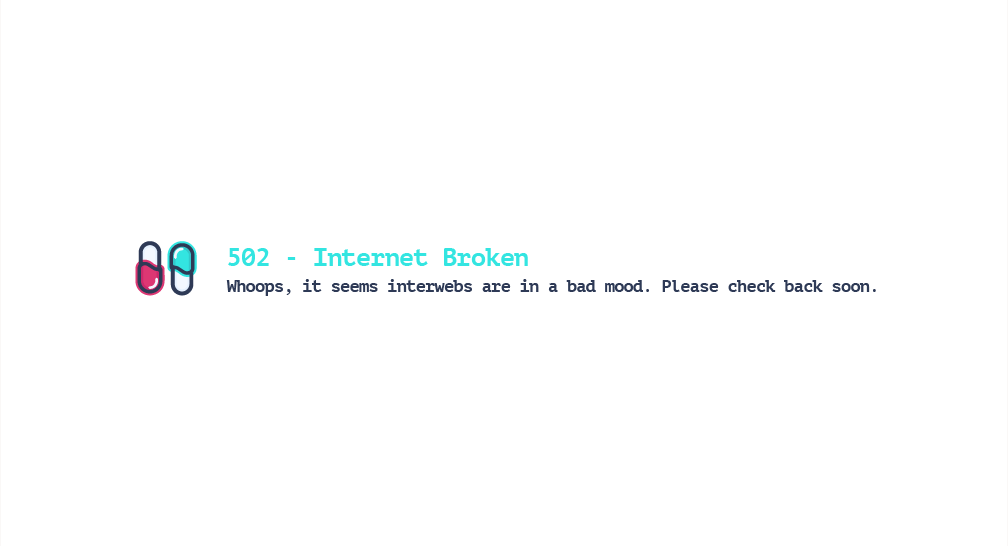
15 Aug 2023
FYI
Make a custom 502 Bad Gateway page
It can happen that calling a URL returns a 502 page. The 502 Bad Gateway HTTP server error response code indicates that the server, acting as a gateway or proxy, received an invalid response from the upstream server. The server then decides to return a default page.
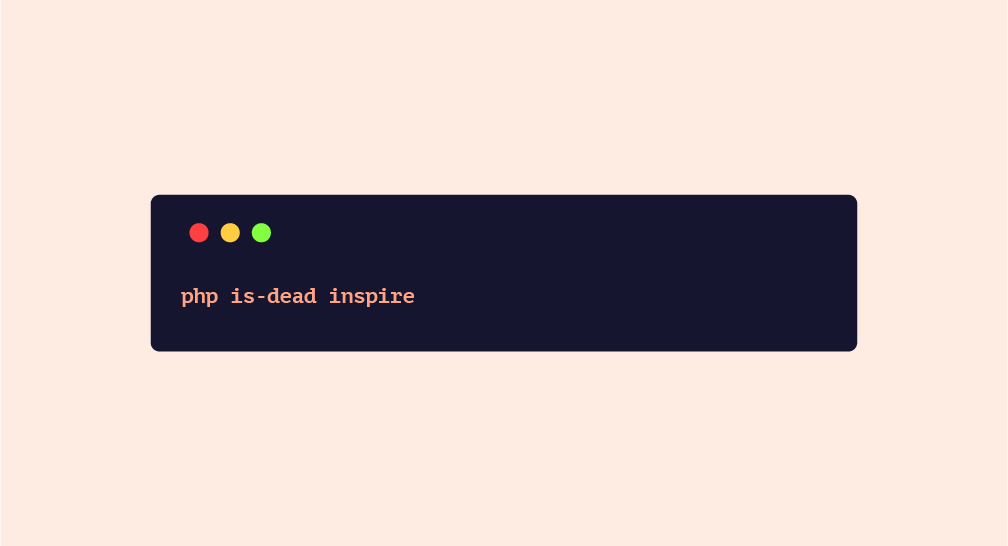
03 Aug 2023
FYI
Make your own Artisan script
Every Laravel artisan will recognize the php artisan inspire command. But not everyone might realize that this command can be customized.
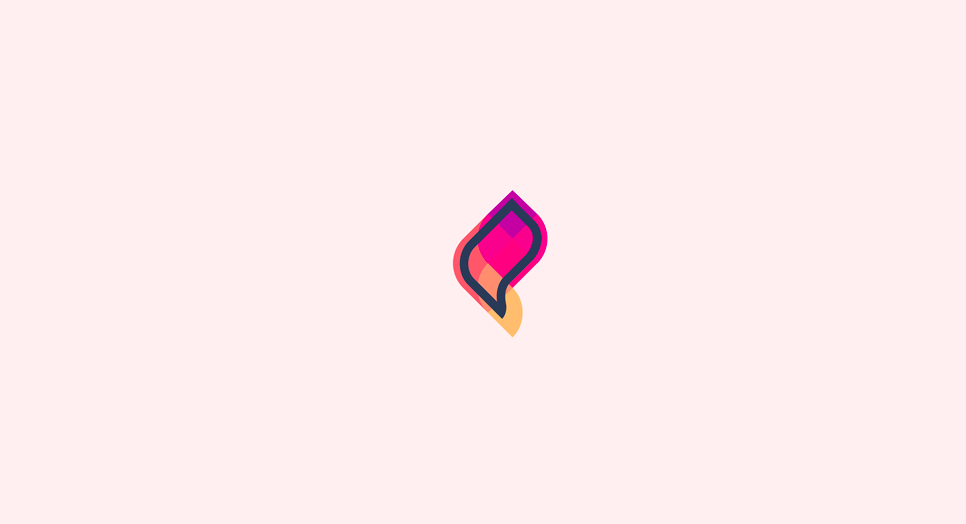
22 Jul 2023
Flintable
Flintable - I am an Allman
Many coders, ourselves included, regularly and even constantly employ static analyzers. A little refresher for those unfamiliar with this term: the static analyzer checks the code without requiring its execution. It detects logical errors, typos, violations of convention, format drifts. Once integrated into your code editor, it becomes the invisible guardian of your work, unveiling the small human mistakes that might creep into your code.

24 Jun 2023
Capsules
Hello World!
It is with this article that we announce the direction we have decided to take. Our thing is the development of web and mobile tools. And let's make it useful for others as well as for ourselves.


